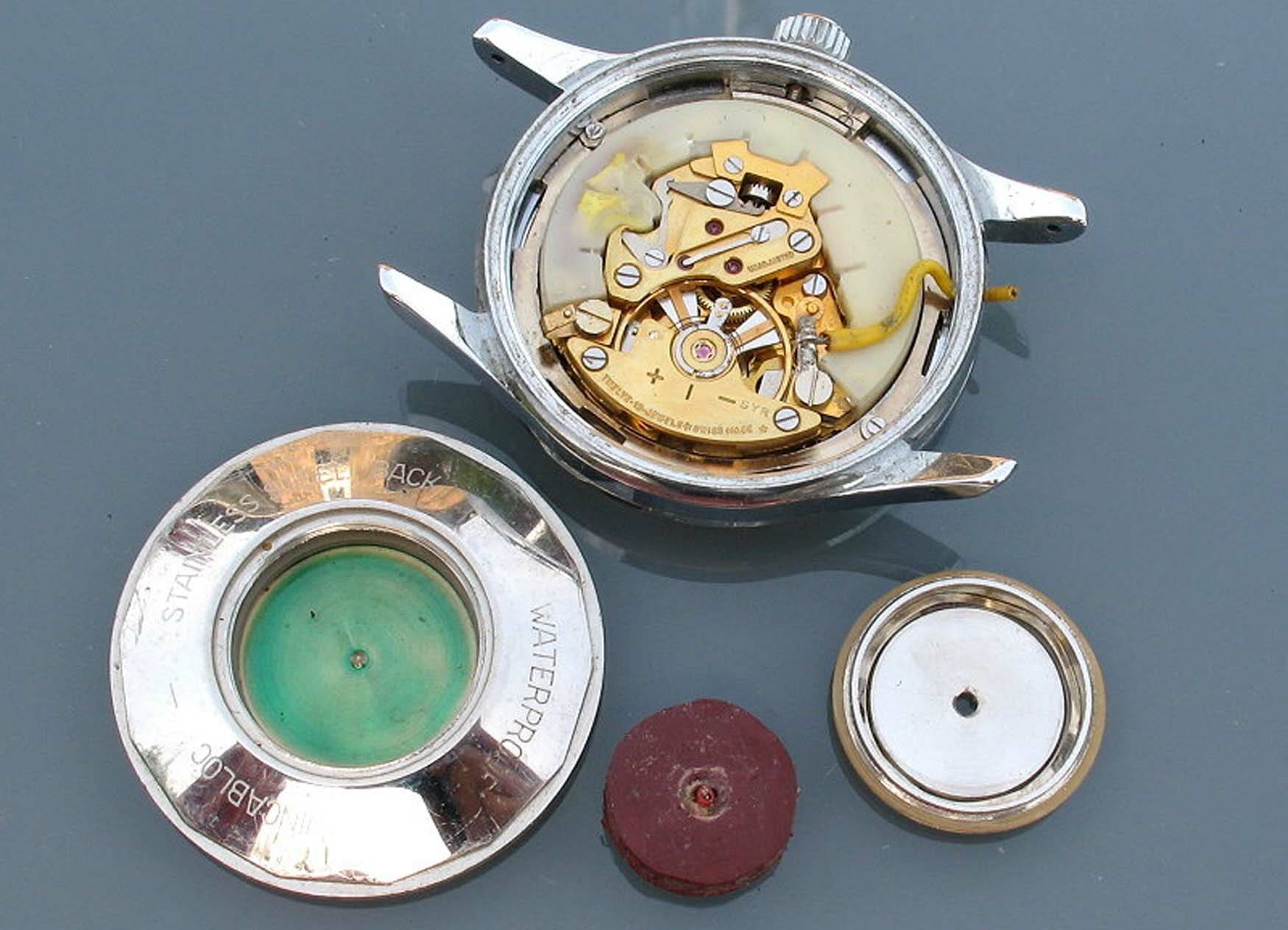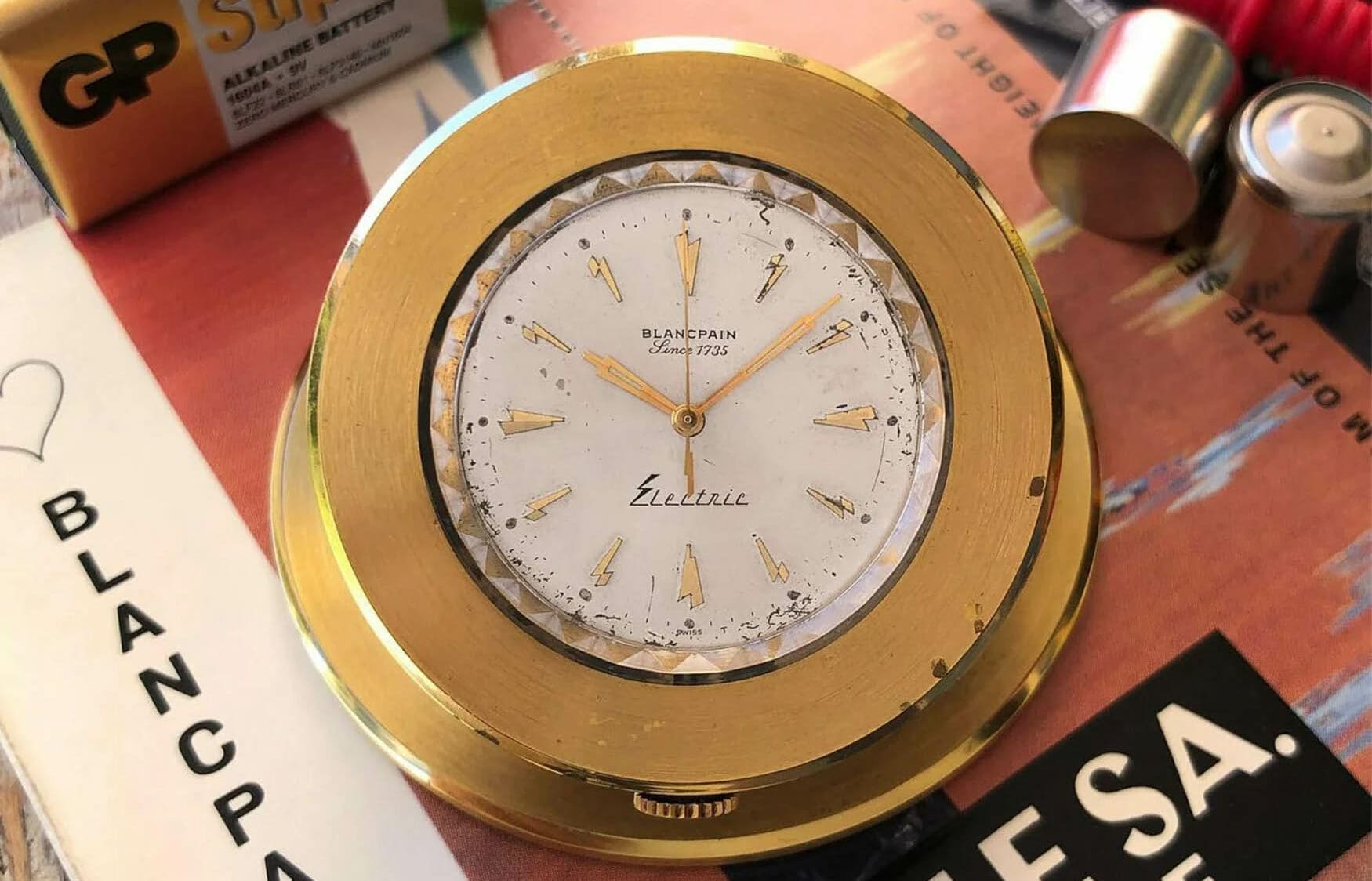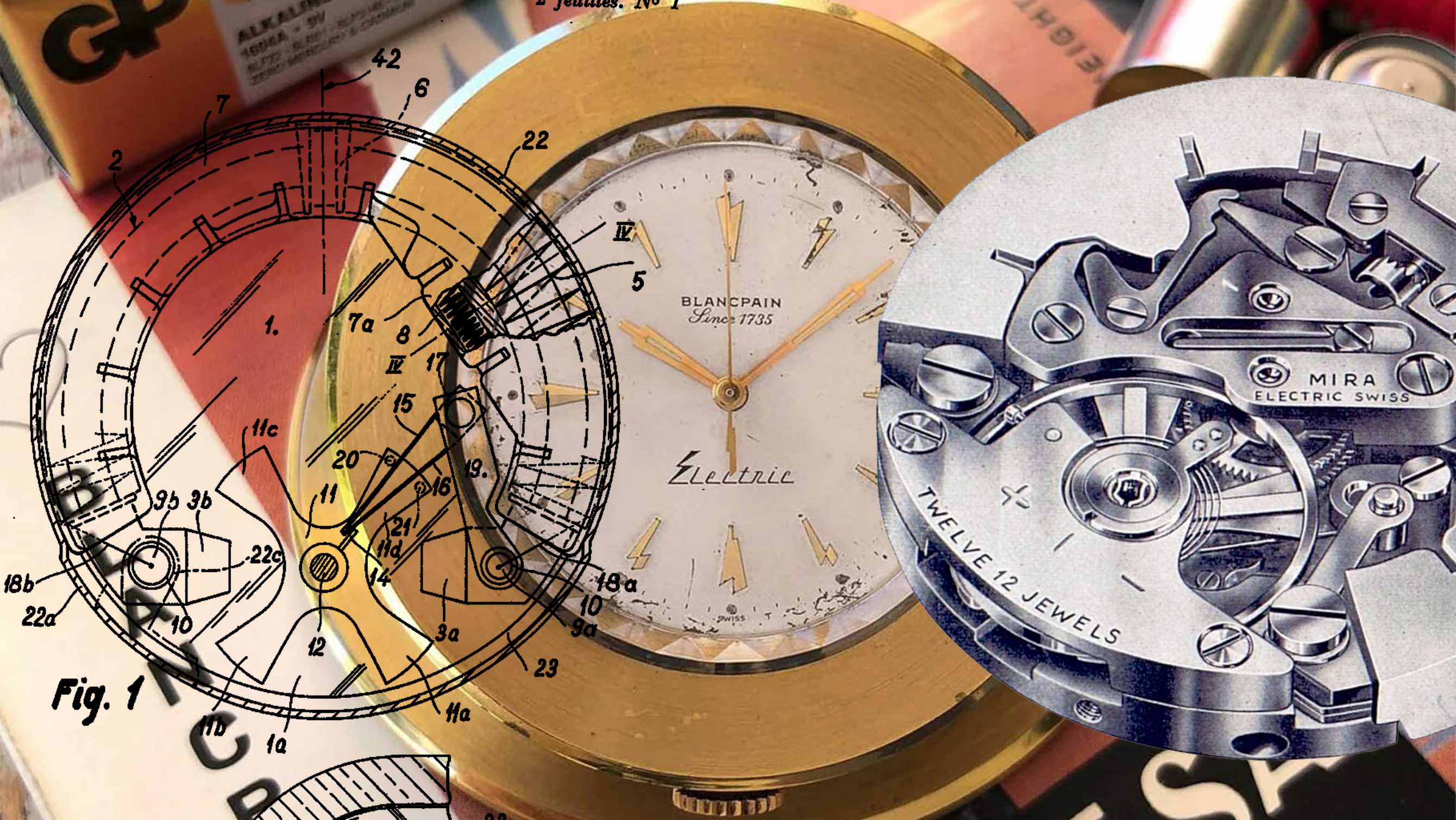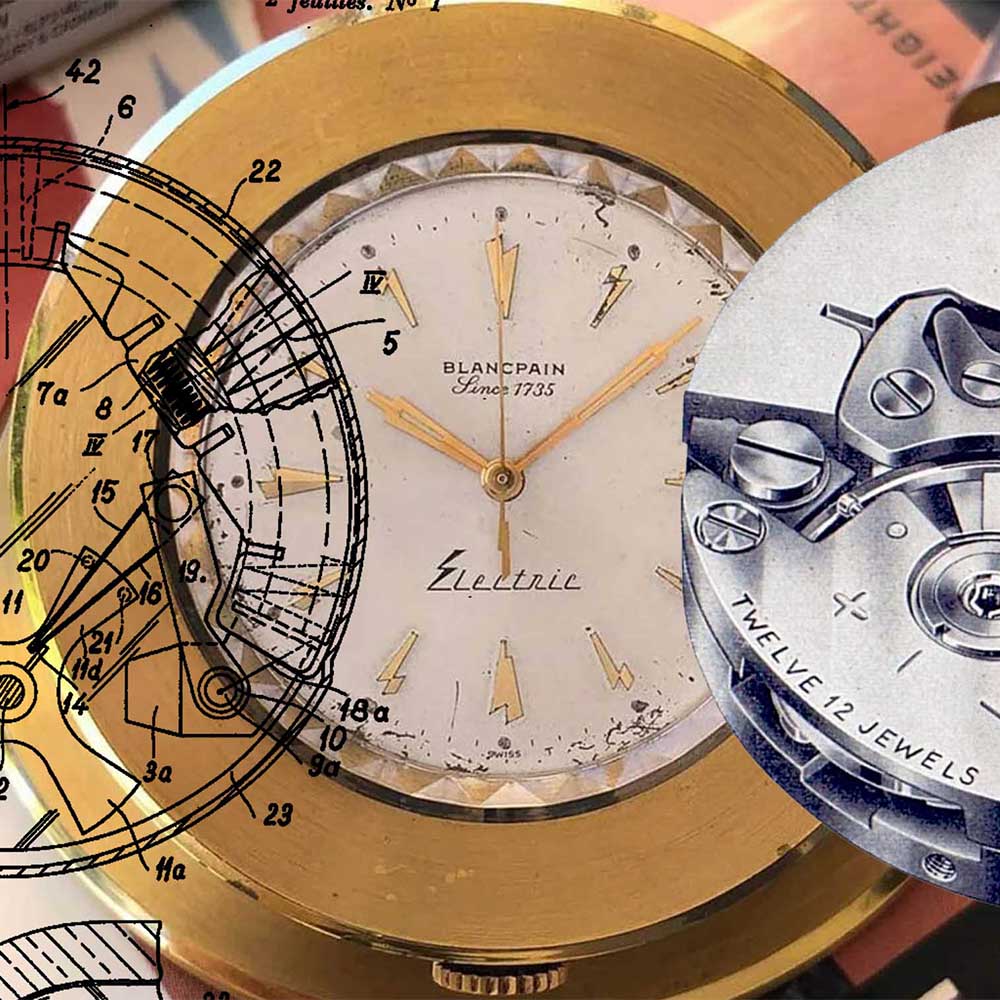Did Blancpain break their promise with this electric clock?
Fergus NashIn anticipation of the Swatch x Blancpain Fifty Fathoms collaboration, watch enthusiasts were practically foaming at the mouth to see if Blancpain would have their name on a quartz watch. One of the brand’s key slogans was coined in 1980, saying: “Since 1735 there has never been a quartz Blancpain watch. And there never will be.” The Swatch Sistem51 automatic movement powering the Scuba Fifty Fathoms technically keeps them honest, even if you disapprove of the plastic escapement and general lack of eco-friendliness. There was an example from Blancpain’s past which challenges the spirit of their motto however, with a foray into electric timekeeping.

I first came across the Blancpain electric clock while researching the history of Landeron, one of Switzerland’s most prominent movement manufacturers who have fallen into relative obscurity after shutting down in the early ‘80s. In 1961, however, they produced the first Swiss electric watch movement, playing catch-up to the American Hamilton who’d released theirs in 1957. The Landeron 4750 used a balance wheel embedded with iron, allowing it to be pulled by an electromagnetic coil whenever the circuit was triggered. It was most often powered by conventional batteries, but could also be charged with an accumulator system that plugged into the side of the case.

The Blancpain electric clock uses a modified version of the Landeron 4750 movement, adding an extra jewel and adjusting its timekeeping in three positions, rather than the unadjusted default. It’s battery-powered, and the design isn’t exactly subtle about its operation. A lightning bolt featured on a lot of electric watch dials to advertise their movements, but the Blancpain is next-level. The electric logo features a bolt replacing the first E, and all of the applied hour markers are stylised bolts. The hands aren’t, but their shape with sharp angles plays into the whole shocking display. The white and gold colour scheme is equally impressive, clearly showing an alignment between luxury ideals and this amazing, “new” technology.
Mentions of Blancpain using an electric movement are incredibly rare online, and mainly as off-hand references in wiki articles without elaboration. It makes me wonder whether its secrecy was an intentional effort made by the Blancpain marketing team of 1980 to keep their image safe, or if it’s simply a one-off novelty. It might not be a quartz watch, but it’s not quite within the spirit of heritage watchmaking either.





